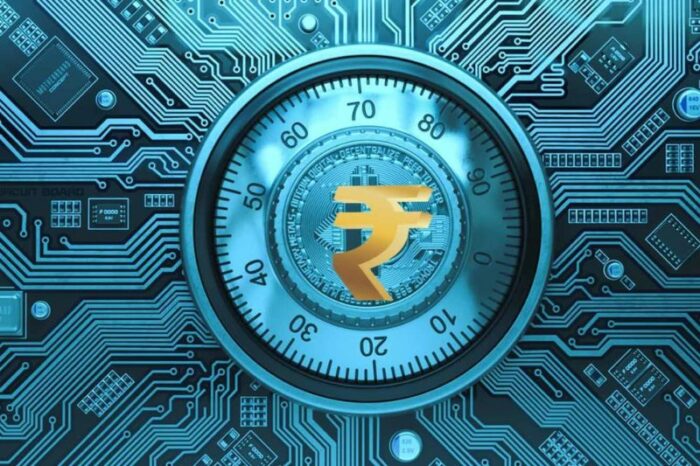A digital or virtual currency is an alternative to traditional fiat currency. Its creation will bring significant benefits to the country, including fewer printed physical notes, curbing counterfeit money, and a more efficient currency management system.
In addition, it will eliminate the need for a bank intermediary for online transactions since the sender and recipient can conduct transactions directly using Blockchain. In addition, the RBI will be able to provide a guarantor for the new currency, making it an essential step toward greater financial inclusion in the country.
Are you looking for a trading platform for easy Bitcoin trading and transactions? You can visit trading site for a hassle-free and smooth experience.
CBDC is a digital or virtual currency
A CBDC is a digital or virtual currency that is not physically based on fiat currency. It has similar characteristics to traditional money, but it is digital. It can be used to settle trade between countries and exchange currencies.
The concept has gained traction around the world. Sweden, Canada, and the United Kingdom have already launched CBDC pilot projects. China is planning to launch a CBDC sometime in 2023.
CBDCs have several benefits, including reduced transaction costs:
- They are safer than fiat money.
- They can be easily transferred from one wallet to another.
- A CBDC can be a substitute for cash in some cases.
The central bank is fully accountable for it.
The digital rupee will be a direct liability of the central bank, just like cash and banknotes. It will be accepted as a medium of payment, a legal tender, and a store of value. As such, it would appear on the central bank’s balance sheet.
However, RBI hasn’t elaborated on how merchants will use it. The digital rupee will not be accessible to all people and will be limited to banking institutions.
The RBI has proposed issuing the Digital Rupee to facilitate digital payments. The purpose is to augment the current money system and provide a new payment avenue.
It is not intended to replace the existing payment systems or to compete with them. It is also designed to improve the efficiency of payment settlements and resolve counterparty risks.
It will replace most user deposits in retail banks.
India’s digital rupee will replace most user deposits in retail banks by 2022. This will allow users to transfer their purchasing power from their deposit accounts to their smartphone wallets.
The Reserve Bank of India (RBI) will be liable for the digital rupee, equivalent to banknotes. Though this may not be a big deal in a developed country with a robust financial system, it will be a big deal for India, where a large part of the economy is still carried out in the physical world.
The Reserve Bank has laid out its strategy for introducing the digital rupee, which is guided by two primary considerations: creating a digital currency as close to paper currency as possible and managing the transition to it as smoothly as possible. To design a digital rupee, RBI must consider users’ needs, attitudes, preferences, and behavior.
It will enable real-time tracking and ledger maintenance.
A digital rupee based on distributed ledger technology can improve the speed and accuracy of government payments. Social welfare disbursements and loans often fail to reach their intended beneficiaries, and this digital currency can help ensure that they get where they’re supposed to.
A digital rupee could also facilitate instant MSME lending. The government could manage all of its credit schemes for MSMEs using this currency, which could lead to faster and more efficient financial inclusion and implementation of fiscal and monetary policies.
Using a digital rupee will also eliminate many risks and costs associated with using cash. Currently, the RBI spends about INR20,000 crore annually on currency management operations. This digital rupee will increase efficiency and transparency by enabling real-time ledger maintenance and tracking.
In addition, it will make it easier for retail and wholesale customers to conduct transactions 24 hours a day, seven days a week. It will also reduce the need for intermediaries, allowing for greater access to money at all times.
Conclusion
A digital rupee is a currency backed by a sovereign nation, unlike cryptocurrencies that a private party supports. While cryptocurrencies are used as payment systems and asset classes, the digital rupee is backed by the government and will have intrinsic value.
This will allow it to be used for everyday transactions. It will be a better option for Indians since it will not require a bank to process transactions. This will also help curb the counterfeiting of the currency. In addition, there will be a better system for managing money in the country.



